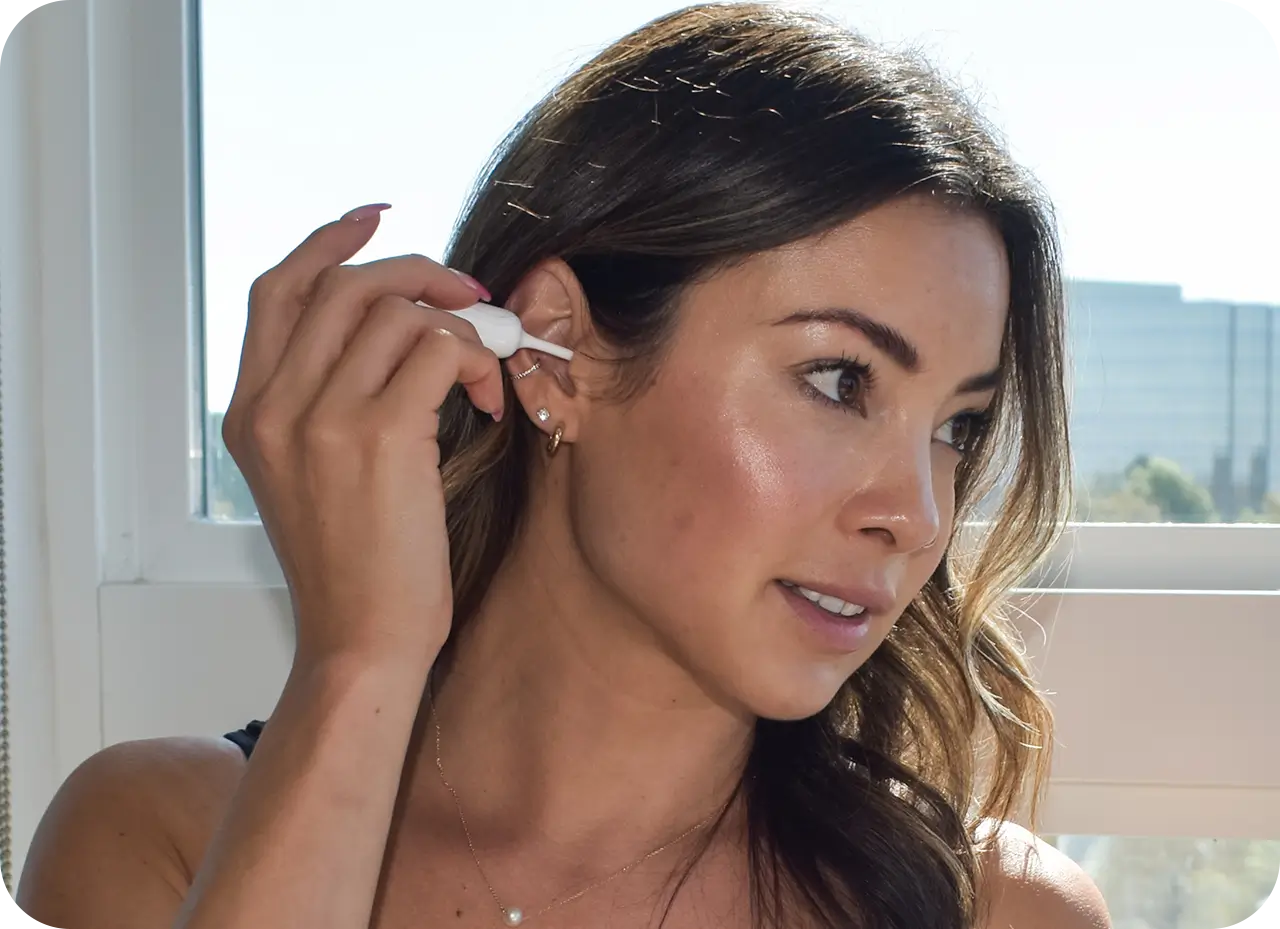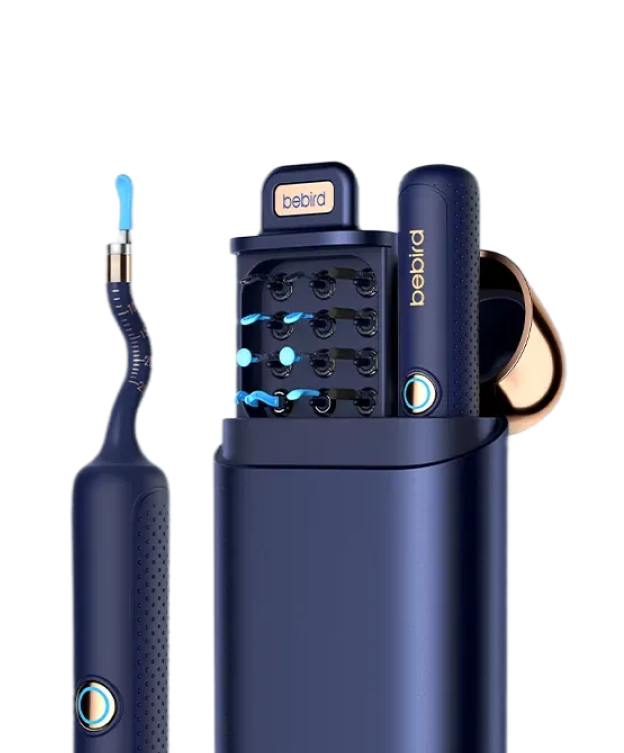If you're a parent of a child with hearing loss, you know how challenging it can be to find the right tools to support your child's needs. A hearing loss kit can make a big difference, giving you the resources and equipment needed to help your child thrive. In this guide, we’ll walk you through what to look for in a kit, why it's important, and how to pick the right one for your family.
Why Choosing the Right Kit Matters
When you're a parent of a child with hearing loss, having the right tools is so important. It's not just about gadgets or equipment—it’s about making sure your child gets the support they need to communicate, learn, and grow. So why does choosing the right kit matter? Let’s break it down:
-
It’s All About What Works for Your Child Every child with hearing loss has their own needs. Some might just need a simple hearing aid, while others might need something more advanced. The right kit is all about finding what works best for your child—whether that’s hearing devices, communication tools, or resources to help them learn and engage with the world around them.
-
Helps with Communication and Learning Communication is huge when it comes to a child’s development. The right kit gives your child the tools they need to connect with others, whether that’s through speech, sign language, or a mix of both. These tools help your child express themselves, learn new things, and feel confident interacting with the world.
So, in a nutshell, the right kit isn’t just a bunch of tools—it’s about giving your child the best chance to succeed and feel confident. It’s a little investment now that makes a big difference in their future.
What’s Inside a Hearing Loss Kit?
Wondering what’s typically included in a hearing loss kit? Here’s a breakdown of what you might find:
-
Hearing Devices: These could be hearing aids, cochlear implants, or other devices that help improve your child’s hearing. These devices can make a huge difference in your child's ability to engage with the world around them.
-
Ear Care Tools: Proper ear hygiene is crucial when using hearing devices. Many kits include tools like ear wax removal tools or specialized cleaning brushes to keep everything in top shape.
-
Educational Resources: These might include books, manuals, or even online guides that teach you how to communicate with your child effectively, whether that’s through sign language or speech therapy exercises.
-
Interactive Toys and Tools: Some kits come with learning materials that encourage speech and language development, like toys that make sounds or games that help improve listening skills.
-
Professional Support Information: Some kits will include info about support networks, audiologists, and hearing specialists who can offer advice and help if needed.
How to Choose the Right Kit for Your Child’s Needs

Choosing the right kit for your child with hearing loss can feel overwhelming, but don’t worry—it doesn’t have to be complicated. The key is knowing what to look for and how to match the kit to your child’s specific needs. Here’s how you can make the best choice:
-
Consider Your Child’s Age and Development Stage
The tools your child needs will vary depending on their age. If they’re very young, you’ll want a kit that focuses on early language development, like educational toys or simple hearing aids. As they grow, you may need something more specialized, like communication devices or advanced hearing aids. Make sure to choose a kit that matches where your child is in their development, so they get the right support at each stage.
-
Assess the Degree of Hearing Loss
Not all hearing loss is the same, and the severity can impact the type of kit you need. If your child has mild hearing loss, they might just need hearing aids and a few communication resources. For moderate to severe hearing loss, you might need something like cochlear implants or specialized speech therapy tools. It’s important to have an audiologist or hearing specialist assess your child’s hearing loss to determine what kit would work best.
-
Think About Communication Needs
Communication is key, so think about how your child communicates. Do they rely on spoken language, sign language, or a mix of both? Some kits will focus more on auditory devices, while others may have resources for visual communication, like sign language guides or speech therapy exercises. Choose a kit that complements the way your child communicates, helping them connect with others and feel understood.
-
Look for Tools That Support Learning and Daily Life
Beyond just hearing devices, look for kits that offer tools to help your child learn and function in everyday life. This might include things like educational books, interactive learning toys, or tools to help with speech development. You want a kit that supports your child’s overall growth, helping them feel confident at home, in school, and in social situations.
-
Consider Your Budget and Available Resources
Kits can range from basic to more advanced, and prices vary accordingly. If budget is a concern, check to see if there are programs or organizations that offer subsidized kits or resources. Many hospitals, schools, or nonprofit organizations offer free or discounted hearing aids and educational tools. It’s worth looking into those options to make sure you’re getting the best value for what your child needs.
Related: The History of the WaxVac Ear Cleaner
Top Brands and Organizations for Supporting Children with Hearing Loss
Here are some trusted brands and organizations that offer great hearing loss kits:
-
Hearing Life Hearing Aid Kit
Known for its comprehensive hearing aid kits, Hearing Life includes everything parents need, from the hearing aids themselves to cleaning tools and maintenance guides. This all-in-one kit helps ensure that your child’s hearing aids stay in top condition, offering both convenience and reliability. It’s a great option for families who need ongoing support for device maintenance and use.
-
Bebird Ear Care Kit
Ear hygiene is essential for children using hearing aids or cochlear implants, and Bebird offers a high-quality, easy-to-use ear care kit. With earwax removal tools, a cleaning brush, and an ear cleaning camera, this kit makes it simple for parents to ensure their child’s ears stay clean and healthy. The ear cleaning camera is particularly helpful for monitoring ear health, preventing build-up or infections that could interfere with hearing devices.
-
The Hearing Loss Association of America (HLAA) Parent Support Kit
The HLAA kit goes beyond just tools—it offers valuable educational resources, tips on communication strategies, and access to parent support groups. This kit provides a great starting point for parents looking to learn about hearing loss, the different types of hearing aids, and ways to communicate effectively with their child. It also connects parents with others in similar situations, offering both informational and emotional support.
-
Cochlear Implant Support Kit by Cochlear
For children with severe hearing loss, Cochlear offers a kit that includes cochlear implants, along with accessories like chargers and remotes. This kit also provides post-implantation support materials to help parents navigate the adjustment period. It’s an ideal solution for families who are considering or already using cochlear implants, with comprehensive resources to help your child adapt to their new device.
Each of these options has its strengths, so it’s a good idea to research them further to find the best fit for your child.
Conclusion
Please choose the right equipment for your child with hearing loss. It's not just about having the right equipment, but also about providing your child with the tools they need to be successful and confident. Start by assessing your child's needs - consider their age, level of hearing loss and communication preferences. Look for kits that will support their learning and daily life while considering their budget.
Related: How to Avoid Itching When Wearing Hearing Aid Domes?
















Leave a comment
All comments are moderated before being published.
This site is protected by hCaptcha and the hCaptcha Privacy Policy and Terms of Service apply.